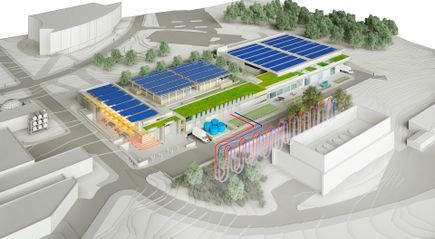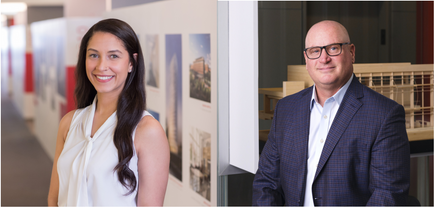Humanizing Sustainability
Share
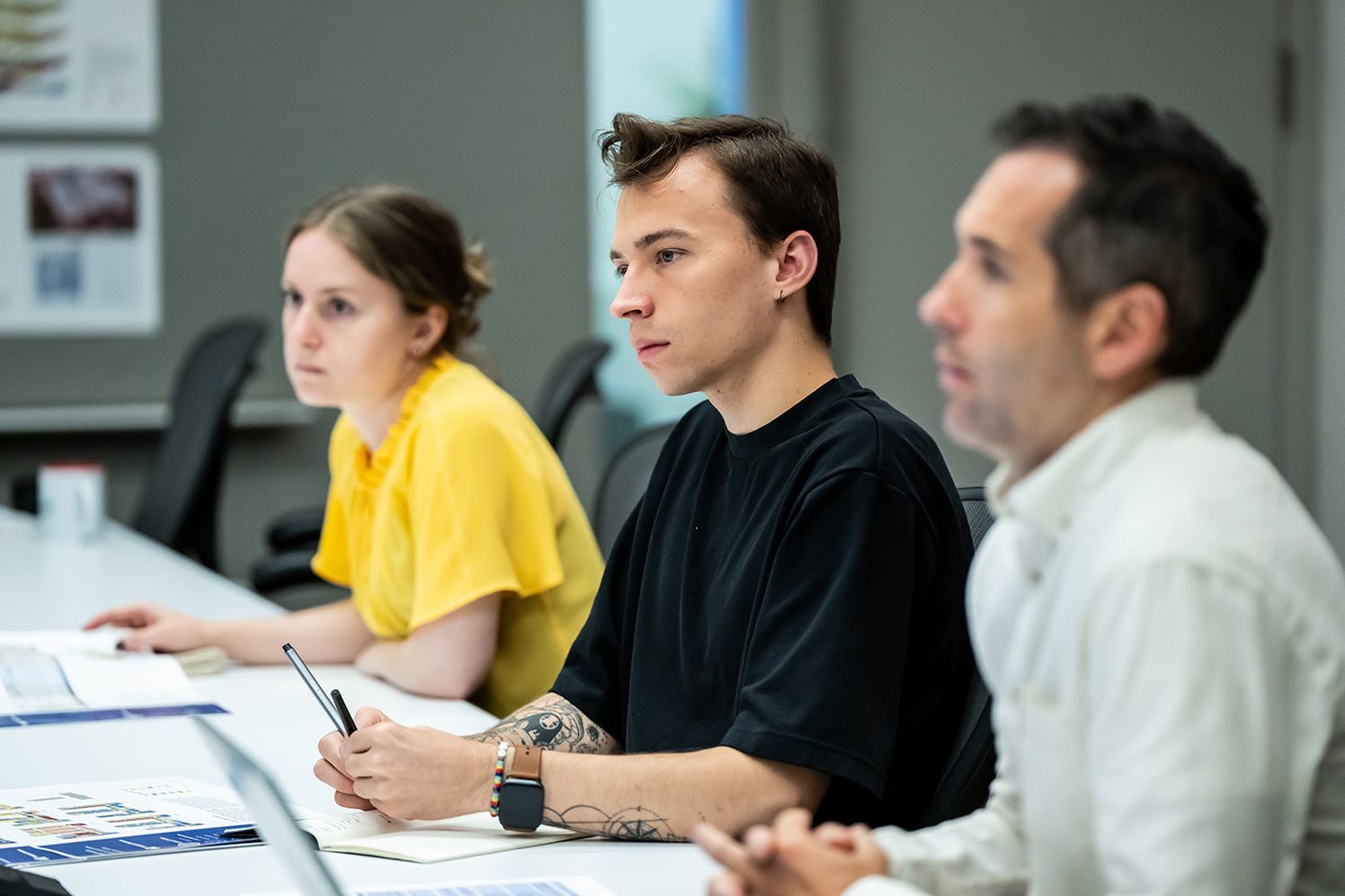
Over the summer, Ballinger welcomed University of Pennsylvania Master of Architecture candidate Danny Jarabek as our inaugural Summer Research Fellow. An outgrowth of Ballinger’s tradition of inquiry and discovery, the Fellowship is a summer program for architecture and interior design students to explore a research topic while gaining professional experience. Fellows collaborate with Ballinger teams to contribute to ongoing projects and work on a research project focusing on trends, metrics, or emerging strategies.
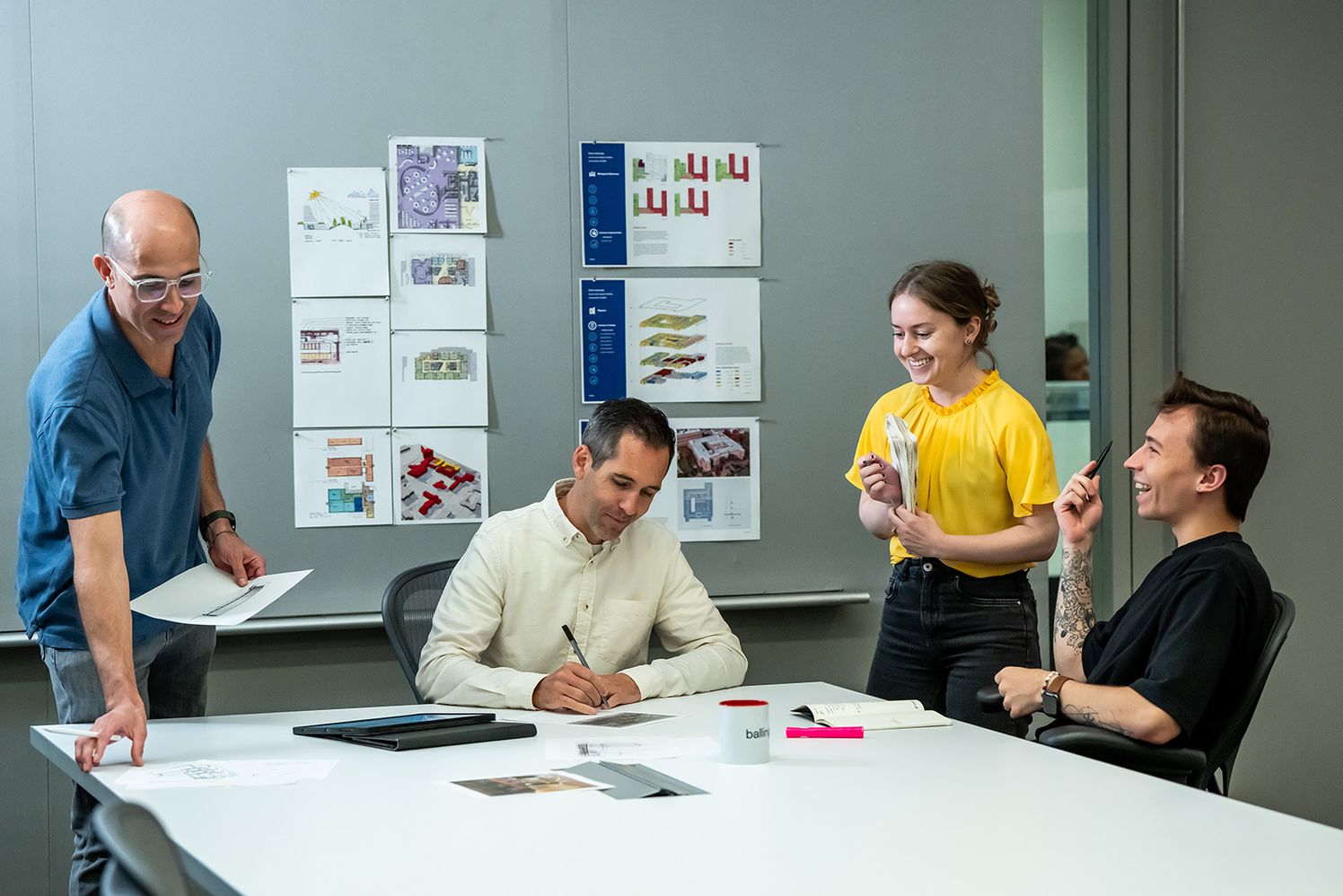
Originally from upstate New York, Danny completed his undergraduate degree at Clemson University. His academic and professional interests in sustainable design and climate change activism led to his Ballinger research project, “Humanizing Sustainability: The Life Cycle Assessment of Decarbonization.”
As a member of the Ballinger design team working on a project moving from concept phase to schematic design, Danny was exposed to the real-world concerns of clients and the range of considerations – precedent, supply chain, budget, schedule – that contribute to design decisions. Splitting his time between project work and research connected theory to reality.
As the project advanced over the summer, Danny worked with his fellowship advisory ream to refine the research inquiry and identify a focus that would both serve the project and provide tangible sustainable design lessons that would be applicable across firm projects.
His research included a comparative Life Cycle Assessment (LCA) of the concrete, steel, and mass timber systems being evaluated for the project. With the project still in the conceptual phase, part of the assessment was identifying the right tool to answer the key questions with only limited design information available. This evaluation led to the selection of the Early Phase Integrated Carbon (EPIC) tool to conduct a comparative whole building LCA of the embodied and operational carbon impacts and relative benefits of the different structural systems. The output of this analysis has helped frame the selection discussion for the project team, while also providing valuable insights to be shared with other project teams.
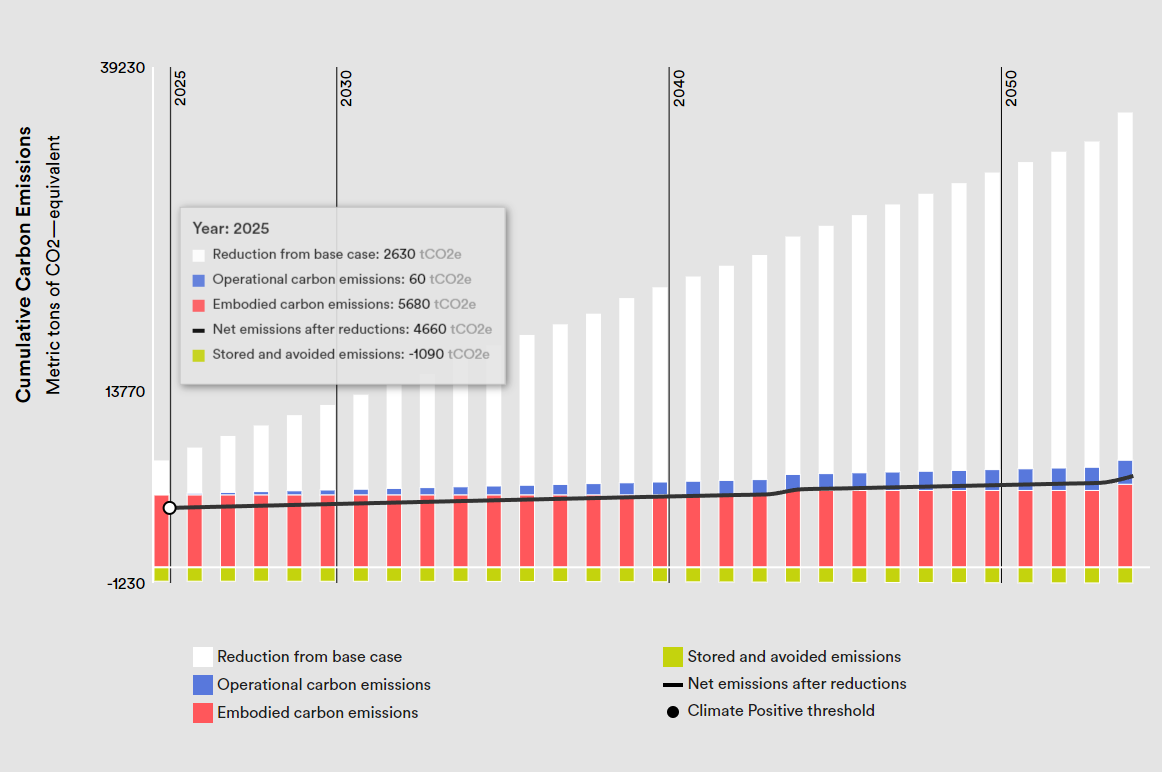
His exploration confirmed the value of whole building life cycle analysis (LCA) early in the design process and found that up-front embodied carbon could be reduced by up to 46% in case study building typologies with less than 1% cost premium. Splitting his time between project work and research connected theory to reality.
In August, Danny presented his research at a firm-wide forum, sharing insights from his exploration and challenging Ballinger to consider biogenic carbon and regenerative design to advance a circular economy.
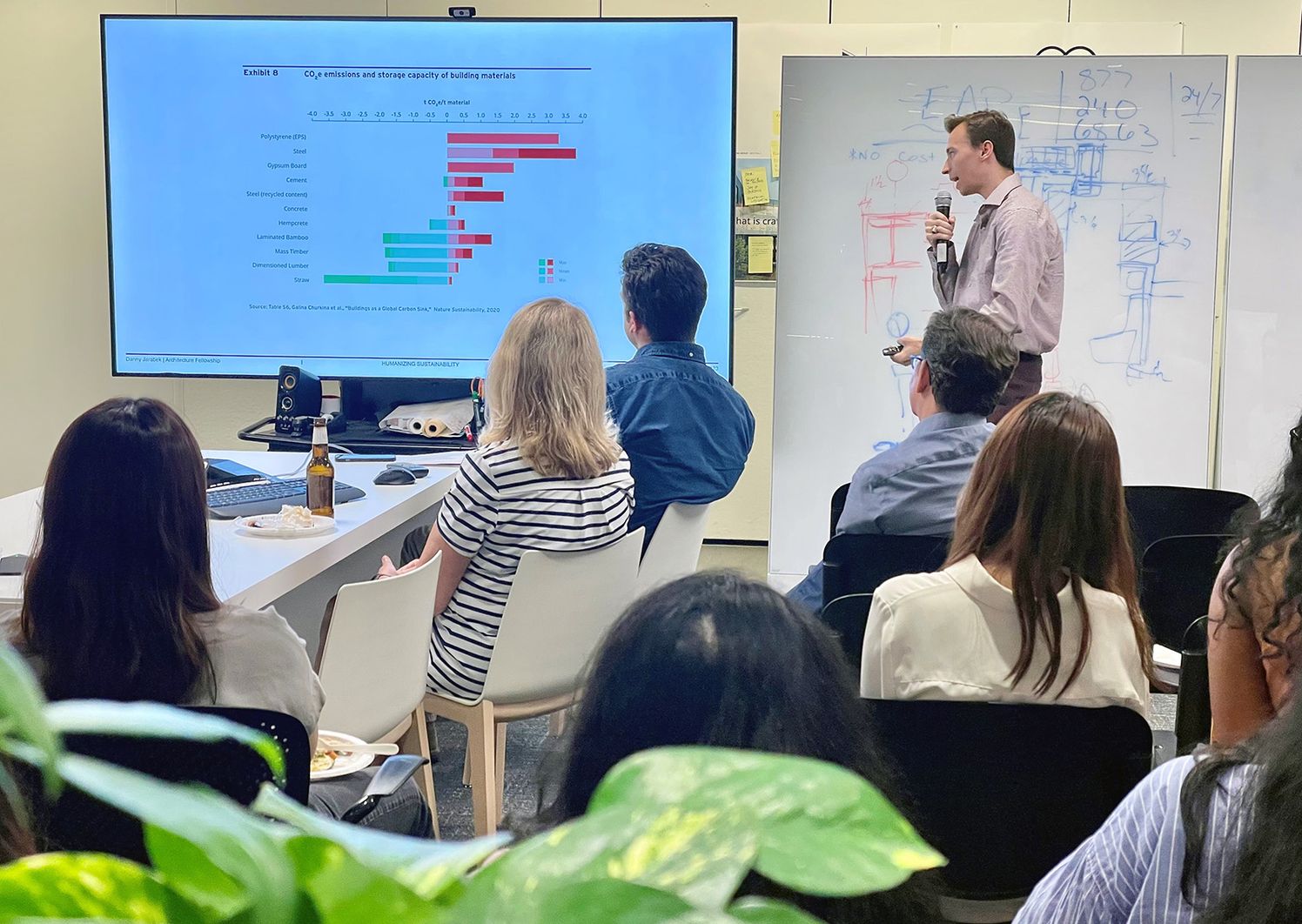
“We were pleased to have such an enthusiastic and diligent researcher join us this summer,” said Ballinger Senior Associate and fellowship coordinator Alexa Hansford, AIA, “Our practice benefitted from his insights. I look forward to the fresh perspective future summer fellows will bring.”

